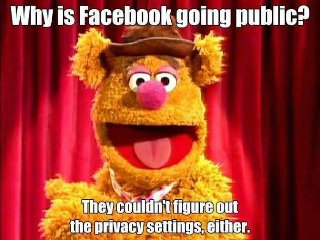What is an original print?
An original" or "fine art" prints as defined by the Print Council of America as an image drawn or etched or engraved on some surface by the artist, who prints a limited number of the pieces by hand (or personally supervises someone else doing it), then signs and numbers the individual prints and defaces the printing plate or erases the image on the lithographic stone.
So original art is not a reproduction nor a copy.
For example it can be an etching, a lithograph or a screen print produced in a limited edition by the artist if possible or if not it has been supervised by the artist. Each print is signed and numbered by the artist. Often it has the printers stamp on the reverse or bottom corner.
How can you tell if it's an original and not a copy or reproduction?
Get a magnifying glass and look carefully at the print.
If it is an etching, it is pretty easy. First it will always have a plate mark around the image. This is a sort or relief or indent into the paper cause by the force of the plate and paper going through the press. Next if you run your finger lightly over the surface of the print you might be able to feel the lines of ink on the paper, again when the paper and plate were force through the press and the ink was transferred to the paper. There will be no dots of ink on the paper. The ink will be "flat" and there will be no "pixels".
If it's a lithograph there will be no plate mark. The ink will have a certain pattern which is natural and comes from the lithographic stone which has a sort of very fine tooth which holds the ink. However you should not see uniform dots. If it's a reproduction then the dots will not be random but look like dots or pixels from a newspaper.
A screen print usually has flat layers of colour a bit like gauche. However because of various photographic techniques used in screen printing you might still see lines or dots but these are not like the dots from a reproduction. They will still be flat layers of colour as opposed to the dots from a copier or printer.
Normally if you buy from a reputable dealer and the paper is of good quality and the print is signed and numbered then you can be more confident of buying the real thing.
However do consider buying directly from the artist. Whether it's a print or a painting, a sculpture or ceramics, it's usually best to buy direct from the artist who will give you plenty of information on your purchase.
Please feel free to share this post and make comments. Follow for more posts.



Comments
Post a Comment